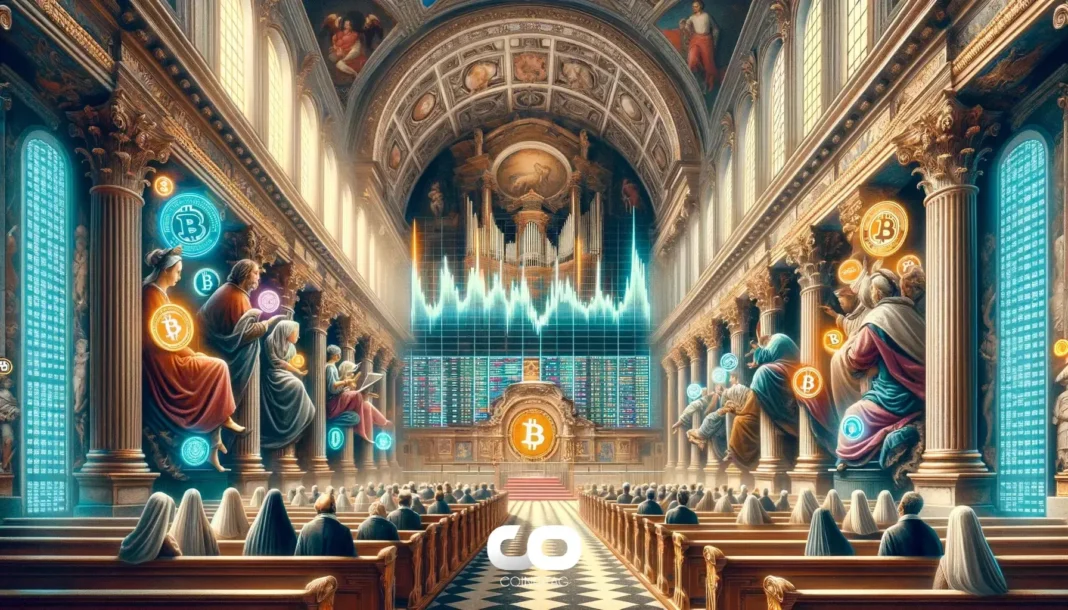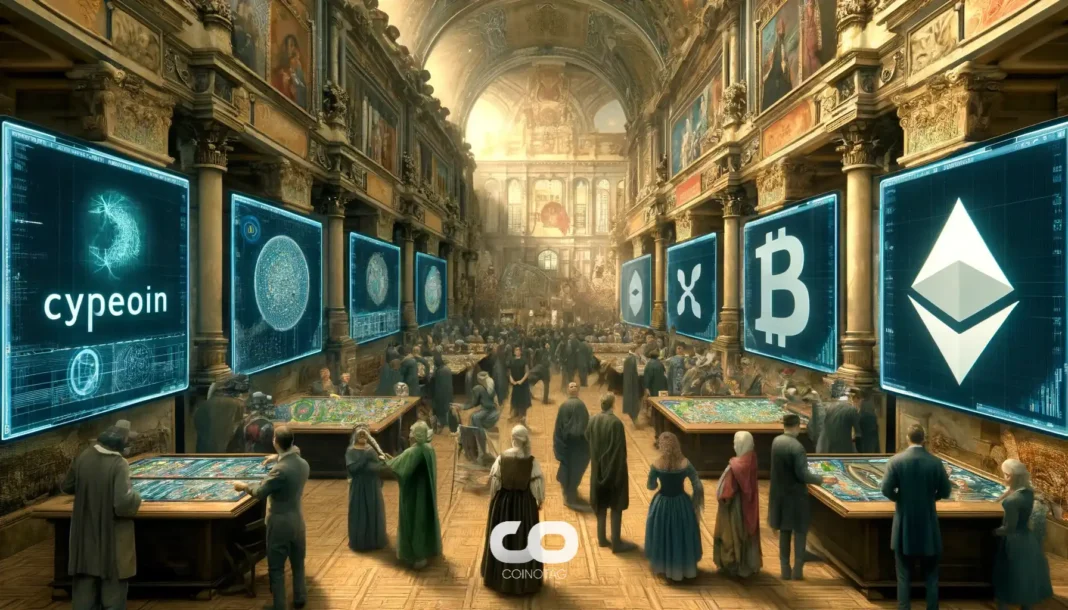-
DeFi’s pursuit of absolute decentralization is hindering its ability to deliver the performance traders demand, prompting a shift toward minimum viable decentralization (MVD) as a practical solution.
-
By balancing decentralization with speed and reliability, MVD aims to bridge the gap between decentralized finance and traditional financial markets, enabling DeFi to attract serious traders and scale effectively.
-
According to COINOTAG, “MVD offers a pragmatic blueprint that preserves censorship resistance while delivering the execution speed and finality necessary for real-world trading.”
DeFi’s shift to minimum viable decentralization enhances performance and trust, positioning it to compete with TradFi by prioritizing speed, reliability, and user-centric infrastructure.
Why TradFi’s Infrastructure Outpaces DeFi’s Performance Challenges
The evolution of traditional finance (TradFi) highlights a critical lesson for DeFi: infrastructure must prioritize the needs of traders. TradFi’s adoption of electronic trading and high-frequency trading (HFT) in the late 20th century revolutionized market liquidity and execution speed. These innovations established a foundation built on speed, reliability, and trust, enabling institutions and retail traders alike to operate efficiently on a global scale.
In contrast, DeFi’s emphasis on maximal decentralization has introduced inherent performance bottlenecks. Ethereum’s average block time of 12-15 seconds, coupled with issues like maximal extractable value (MEV), undermines execution fairness and speed. This has forced projects such as dYdX to migrate off-chain or to alternative solutions, highlighting the tradeoffs between decentralization and practical usability.
Performance Limitations Undermine DeFi’s Market Integrity
Sluggish transaction finality and unpredictable inclusion times create slippage and price inefficiencies, deterring high-frequency and institutional traders who demand millisecond-level execution. These technical constraints not only reduce user trust but also limit the volume and liquidity that DeFi protocols can sustain. As a result, many power users gravitate toward centralized exchanges, where performance and reliability are prioritized over decentralization purity.
Meeting Traders’ Demands: The Case for Minimum Viable Decentralization
To compete with TradFi, DeFi must evolve beyond ideological rigidity and embrace infrastructure that meets stringent technical benchmarks. Traders require sub-100ms block times, near-instant finality, high-throughput order books, and robust MEV mitigation to ensure fair and predictable execution. These features are essential for attracting institutional capital and supporting sophisticated trading strategies.
Minimum viable decentralization (MVD) proposes a balanced approach that retains core DeFi principles—such as censorship resistance and permissionless access—while optimizing for performance. By limiting validator sets and employing fast-finality consensus mechanisms, MVD protocols can deliver the speed and reliability necessary for real-world markets without compromising trustlessness.
Emerging Protocols Demonstrate MVD’s Potential
New blockchain projects are pioneering this approach by integrating lean validator architectures with parallelized transaction execution. These innovations reduce latency and increase throughput, enabling decentralized perpetual markets to scale rapidly. Platforms like Hyperliquid and Aevo exemplify how MVD can unlock DeFi’s growth potential, processing volumes that rival traditional derivatives markets.
The Future of DeFi: Balancing Decentralization with Usability
As DeFi matures, the demand for digital asset trading continues to surge among both institutional and retail investors. The sector’s fastest-growing segment—decentralized derivatives—is projected to exceed $351 trillion in volume by 2031, signaling significant market opportunity.
However, to realize this potential, DeFi must move beyond experimental phases and adopt MVD principles that prioritize performance without abandoning decentralization’s foundational values. This shift will enable protocols to offer the speed, finality, and fairness that traders expect, fostering broader adoption and sustainable growth.
Conclusion
Minimum viable decentralization represents a pivotal evolution for DeFi, reconciling the need for censorship resistance with the imperative of high-performance trading infrastructure. By embracing MVD, DeFi can overcome current limitations, attract serious market participants, and position itself as a credible alternative to traditional finance. The future of decentralized markets depends on this pragmatic balance between ideology and usability, ensuring that DeFi’s promise is matched by its practical capabilities.







